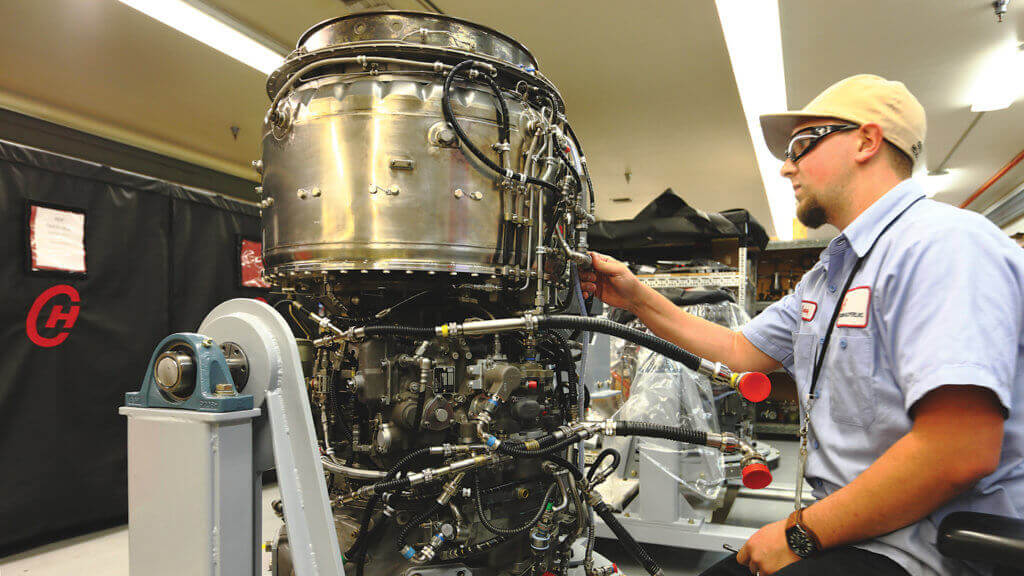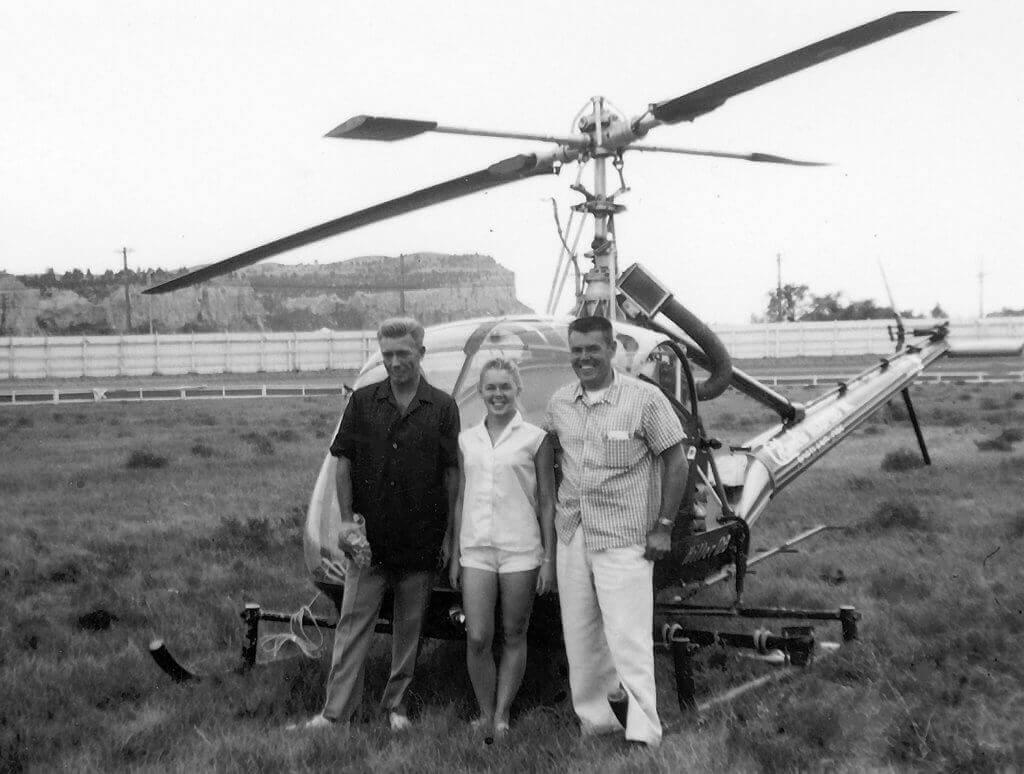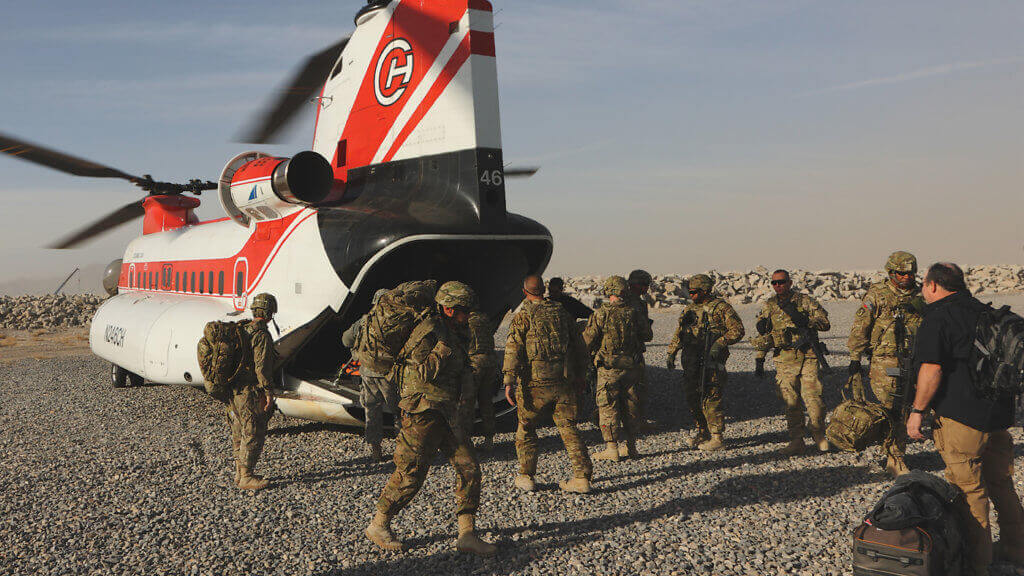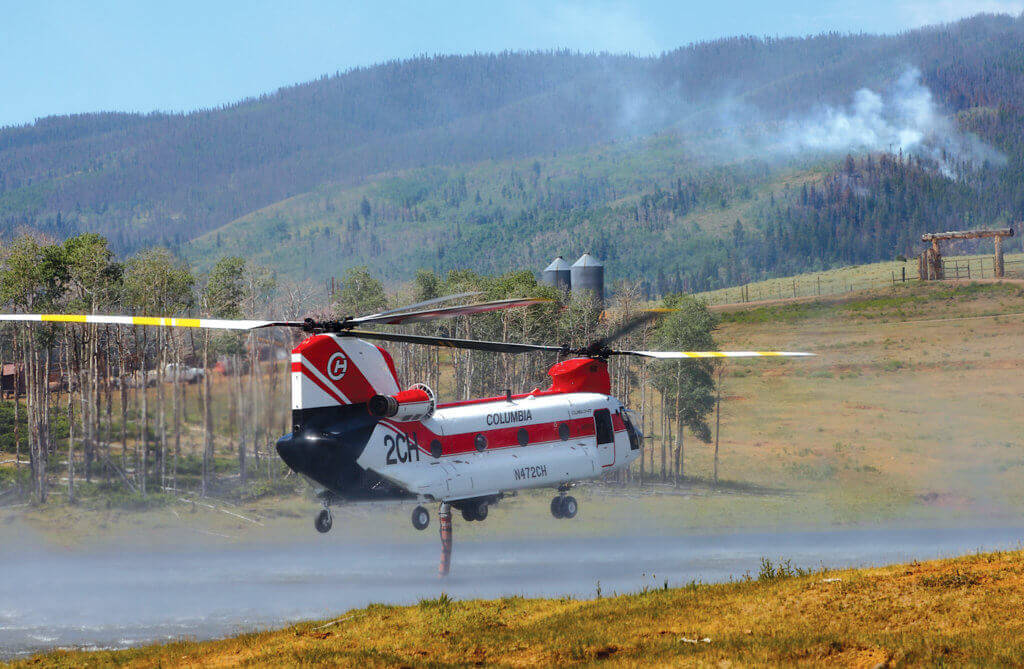For 60 years Columbia Helicopters has been a heavy-lift mainstay, first establishing its own unique market niche — then expanding it into an all-encompassing offering that combines the right aircraft with the highly specialized experience and expertise needed to operate and maintain them.

Founded in 1957 by industry pioneer Wes Lematta — who designed the bubble window that is a staple of modern helicopter long-line vertical lift operations — Columbia Helicopters celebrated its 60th anniversary this year in a series of planned events.
“Innovation and people have been the key to our success over the years,” said Santiago Crespo, the company’s vice president of business development and marketing. “We have a long history of operating in the heavy-lift external load segment and the strong culture Wes instilled lives on today.”
Columbia — headquartered in Aurora, Oregon, with operations or subsidiaries in Alaska, British Columbia, Papua New Guinea, Peru and Afghanistan — employs more than 800 people worldwide and currently operates a fleet of 34 tandem-rotor heavy-lift helicopters, including Model 234 Chinooks, CH-47D Chinooks, and Vertol 107-II aircraft.
While the company’s focus has traditionally centered on construction, logging, firefighting and oil-and-gas support, Crespo said it reached a turning point in 2011, when Columbia took on a U.S. Government services contract in Afghanistan.

“We still have six 107-II helicopters there, carrying passengers and loads and maintaining one of the highest availability rates in-theater,” he said.
Fresh opportunities
Over the last 18 months, the team at Columbia Helicopters has been concentrating on several new market opportunities.
The first of those is within aerial firefighting, where the company has been involved in the development of a 2,800-gallon internal water tank for the CH-47D. The project was led by Simplex Aerospace, which now holds the Federal Aviation Administration supplemental type certificate (STC) for the Fire Attack System. So far, two Columbia aircraft have been equipped with the new tank and it was deployed for the USFS [U.S. Forest Service] this year and performed extremely well.
“We see expansion potential in firefighting,” noted Crespo. “In the past we were constrained by not having enough aircraft, so we bought 11 ex-military CH-47Ds. We had been using external Bambi buckets over the years, but we knew our customers wanted an internal tank.”

Columbia’s strengths in the aerial firefighting arena are found in its ability to carry more, lift more, consume less fuel and get the job done faster.
Another project that is currently underway involves the introduction of night vision goggle (NVG) operations. “We see that as the logical next step,” said Crespo. “We’ve been approved to operate our 107 aircraft with NVIS [night vision imaging systems]. We see applications for it in both our government services and firefighting contracts.”
Columbia sees additional market opportunities tied to the Chinook’s tremendous versatility and the company’s unique ability to support it. In fact, Columbia’s in-house maintenance, repair and overhaul (MRO) capabilities are broad and deep, encompassing the Chinook aircraft from tip to tail.

“We have experience maintaining these big machines — we are subject matter experts,” said Crespo, adding that since Columbia holds the type certificate for the civilian models of the Vertol 107 and the 234 Chinook, the company can manufacture parts as necessary to support its own fleet.
With the aircraft working wherever the need arises around the globe, Crespo believes the combined knowledge of Columbia’s seasoned and expert staff drives its success and helps it to weather economic troughs that often confront helicopter operators.
“We’re celebrating our 60th anniversary, our business is strong and we are well positioned for another 60 years of growth and success.”
If you would like to see your company featured in Insight, contact Derek Kast at derek@mhmpub.com.









